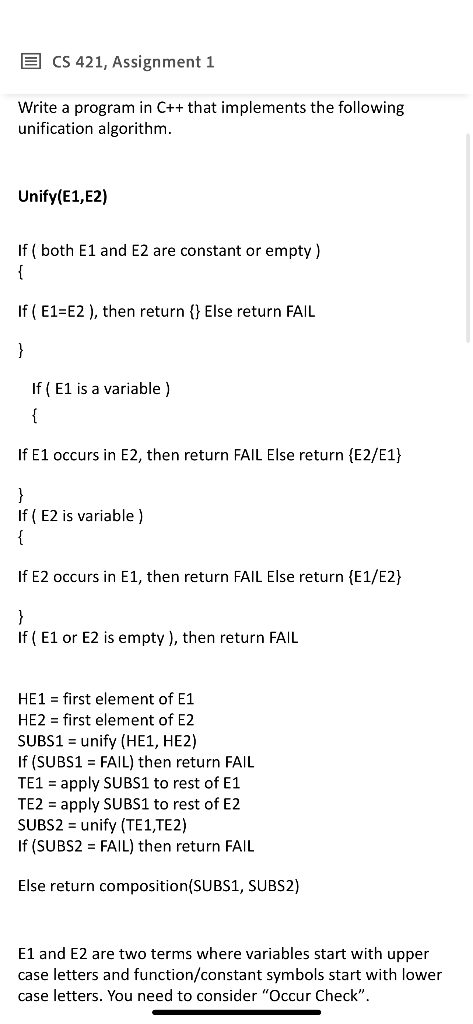Question
Give correct code. Not unnecessary comment. DON'T POST UNNECESSARY COMMENTS. POST SOLUTIONS. PLEASE READ CAREFULLY BEFORE ANSWERING!!! PLEASE DON'T COPY PASTE THE PREVIOUS ANSWERS OR
Give correct code. Not unnecessary comment. DON'T POST UNNECESSARY COMMENTS. POST SOLUTIONS. PLEASE READ CAREFULLY BEFORE ANSWERING!!! PLEASE DON'T COPY PASTE THE PREVIOUS ANSWERS OR CODE FROM PREVIOUS QUESTIONS. DON'T WASTE MY TIME. THERE IS NO COMMENT SECTION FOR ME TO COMMENT OTHERWISE I WOULD HAVE
GIVE CORRECT SOLUTION PREVIOUS CODES ARE INCOMPLETE AND DON'T WORK FOR THE EXAMPLES PROVIDED IN THE QUESTION. PLEASE READ THE QUESTION BEFORE ANSWERING.
PLEASE PROVIDE THE SUCCESSFUL OUTPUT SCREEN CAPTURE OF YOUR CODE TO SHOW IT WORKS WITH ALL EXAMPLES BECAUSE IT DOESN'T. PLEASE DON'T MAKE FUN.



Step by Step Solution
There are 3 Steps involved in it
Step: 1

Get Instant Access to Expert-Tailored Solutions
See step-by-step solutions with expert insights and AI powered tools for academic success
Step: 2

Step: 3

Ace Your Homework with AI
Get the answers you need in no time with our AI-driven, step-by-step assistance
Get Started


